3.4 Evidence for Evolution
The evidence for evolution is compelling and extensive. Looking at every level of organization in living systems, biologists see the signature of past and present evolution. Darwin dedicated a large portion of his book, On the Origin of Species, to identifying patterns in nature that were consistent with evolution, and since Darwin, our understanding has become clearer and broader.
Fossils
Fossils provide solid evidence that organisms from the past are not the same as those today, and fossils show a progression of evolution. Scientists determine the age of fossils and categorize them from all over the world to determine when the organisms lived relative to each other. The resulting fossil record tells the story of the past and shows the evolution of form over millions of years. For example, scientists have recovered highly detailed records showing the evolution of humans and horses.

Transitional fossils display traits from both an ancestral and a descendant group. These provide evidence of evolutionary innovations that led to new types of life.
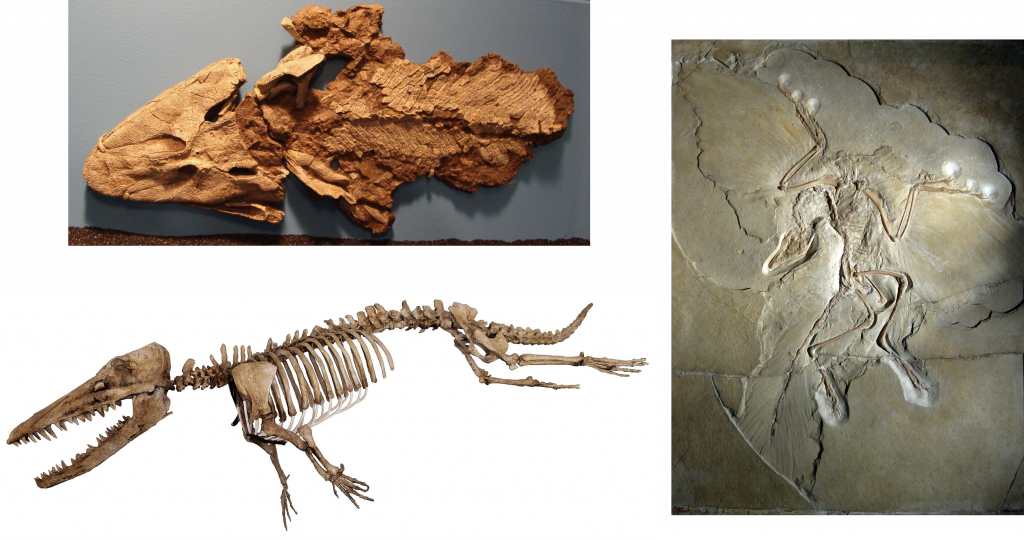
Anatomy
Another type of evidence for evolution is the presence of structures in organisms that share the same basic form. For example, the bones in human, dog, bird, and whale appendages all share the same overall construction resulting from their origin in a common ancestor’s appendages. Over time, evolution led to changes in the bones’ shapes and sizes different species, but they have maintained the same overall layout. Scientists call these synonymous parts homologous structures.
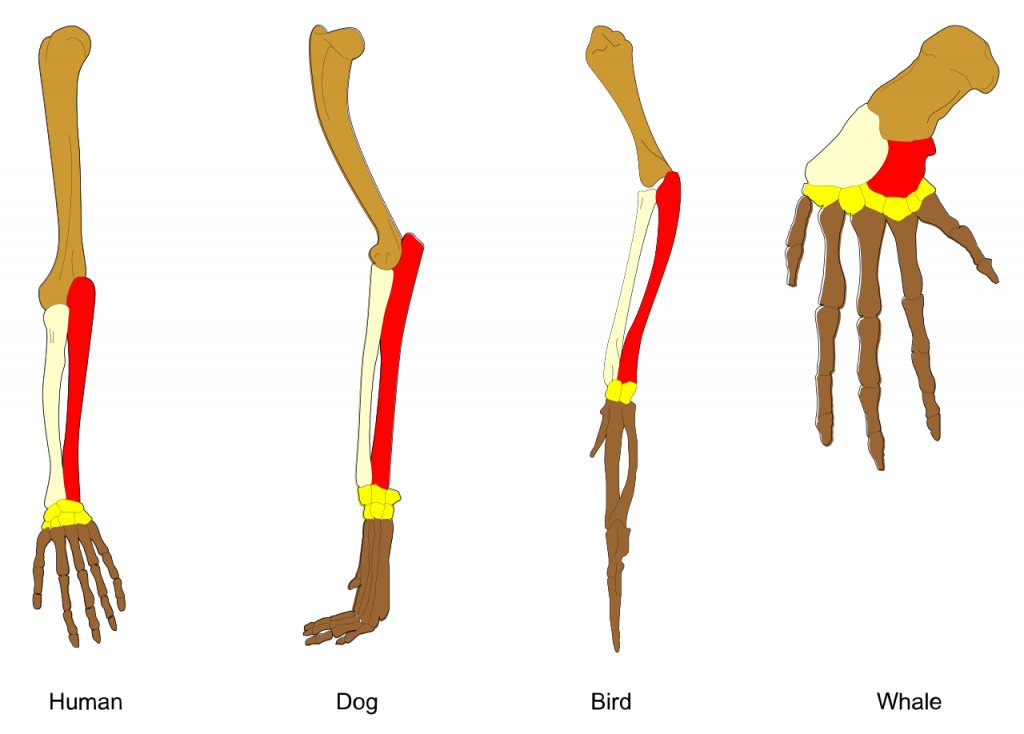
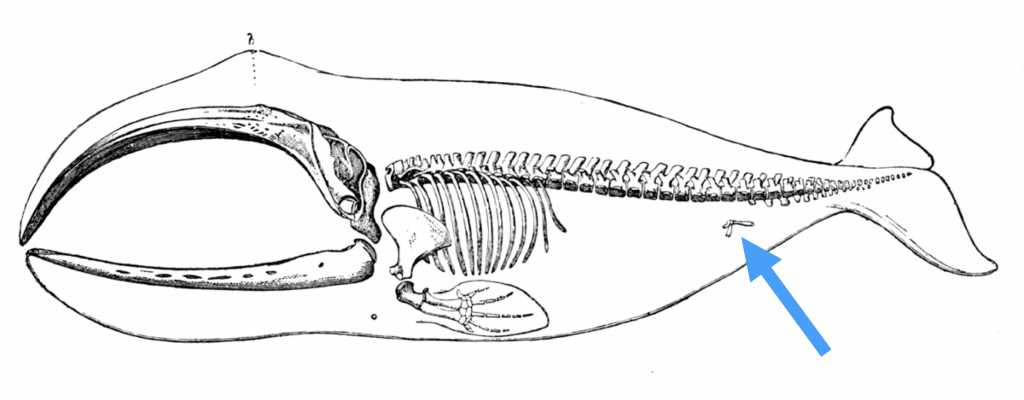
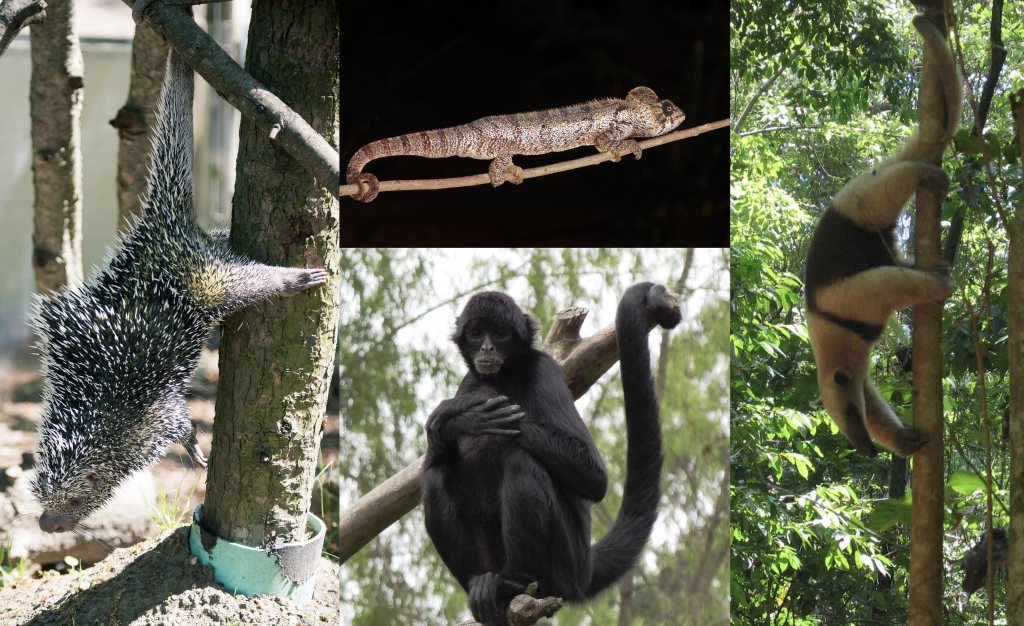
Embryology
Embryology, the study of the anatomy of an organism’s development to its adult form, also provides evidence of relatedness between now widely divergent groups of organisms. Mutations in genes that control embryonic development can have very severe consequences, therefore, embryonic development tends to be highly conserved. As a result, structures that are absent in some groups often appear in their embryonic forms and disappear when they reach the adult or juvenile form. For example, all vertebrate embryos, including humans, exhibit pharyngeal slits and tails at some point in their early development. These disappear in the adults of terrestrial groups but adult forms of aquatic groups such as fish and some amphibians maintain them.
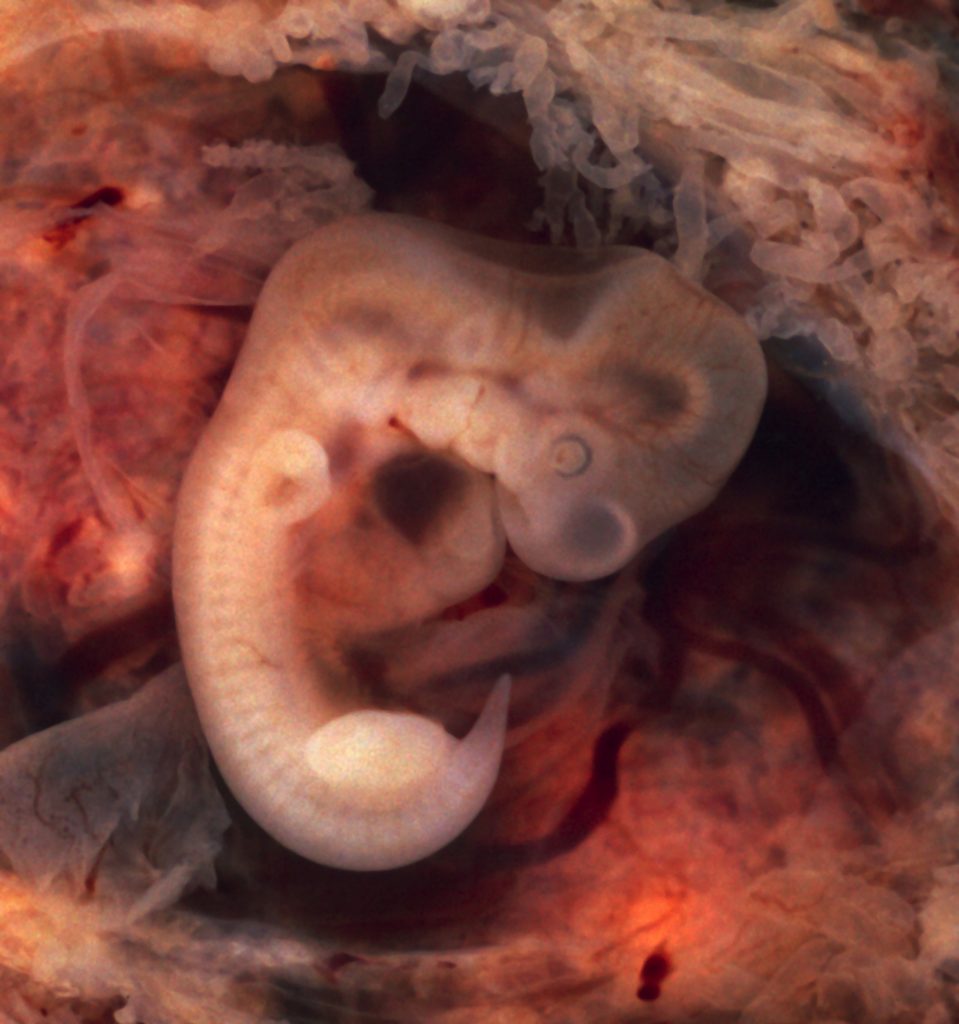
Biogeography
The geographic distribution of organisms on the planet follows patterns that we can explain best by evolution in conjunction with tectonic plate movement over geological time. Broad groups that evolved before the supercontinent Pangaea broke up (about 200 million years ago) are distributed across multiple present-day continents.
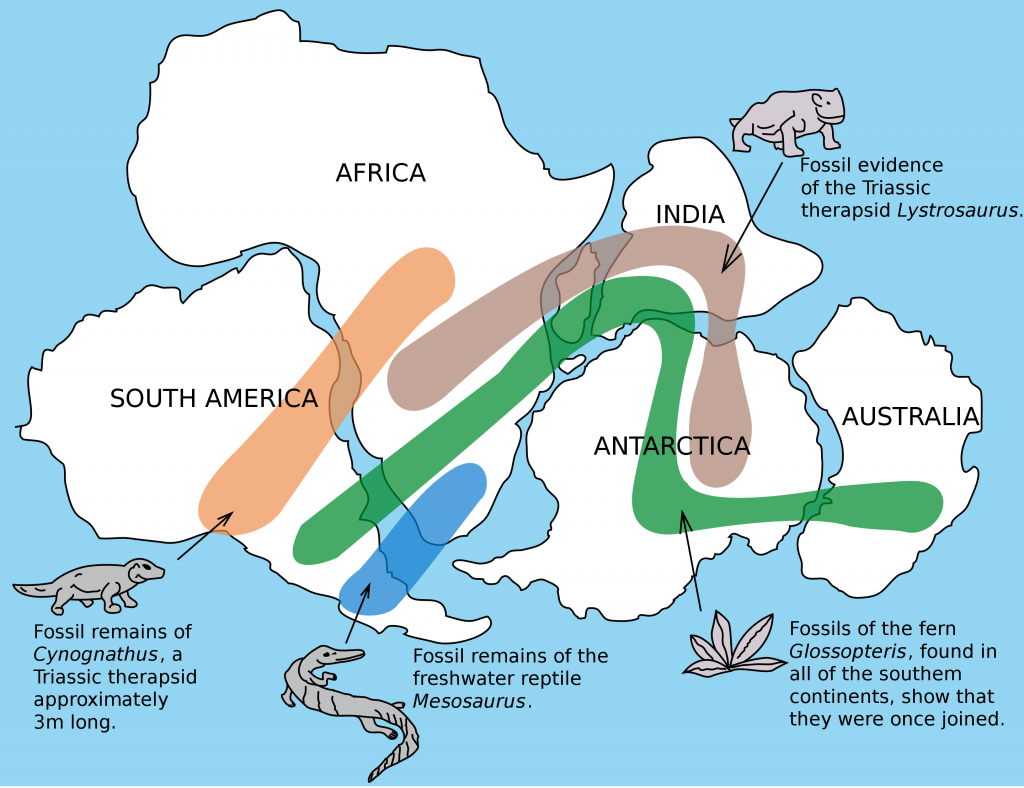
Marsupial diversification in Australia and the absence of other mammals reflect Australia’s long isolation. Australia has an abundance of endemic species—species found nowhere else—which is typical of islands whose isolation by expanses of water prevents species to migrate. Over time, these species diverge evolutionarily into new species that look very different from their ancestors that may exist on the mainland. Australia’s marsupials, the Galápagos’ finches, and many species on the Hawaiian Islands are all unique to their one point of origin, yet they display distant relationships to ancestral species on mainlands.
Molecular Biology
Like anatomical structures, the molecular structures of life reflect descent with modification. DNA’s universality reflects evidence of a common ancestor for all of life. Fundamental divisions in life between the genetic code, DNA replication, and expression are reflected in major structural differences in otherwise conservative structures such as ribosome components and membrane structures. In general, the relatedness of groups of organisms is reflected in the similarity of their DNA sequences—exactly the pattern that we would expect from descent and diversification from a common ancestor.
DNA sequences have also shed light on some of the mechanisms of evolution. For example, it is clear that the evolution of new functions for proteins commonly occurs after gene duplication events that allow one copy to be freely modified by mutation, while the second copy continues to produce a functional protein.
Direct Observations of Evolution
We can also observe evolution directly. For some species, their lifespan is long enough that it is difficult to study evolution. But some organisms, such as bacteria, evolve very quickly thanks to their short generation time. In these populations, we can watch evolution happening. For example, the Kishony lab observed mutations and selection for antibiotic resistance in E. coli in only eleven days.
Another experimental evolution experiment has been ongoing since 1988. Started by Dr. Richard Lenski, this experiment has studied over 73,000 generations of E. coli. Significant changes in genotypes and phenotypes have been observed, including an increase in cell size and the novel ability to use the molecule citrate for aerobic respiration.
parallel structures in diverse organisms that have a common ancestor
physical structure present in an organism but that has no apparent function and appears to be from a functional structure in a distant ancestor
process by which groups of organisms independently evolve similar traits
characteristics that are similar, but have a different evolutionary origin

